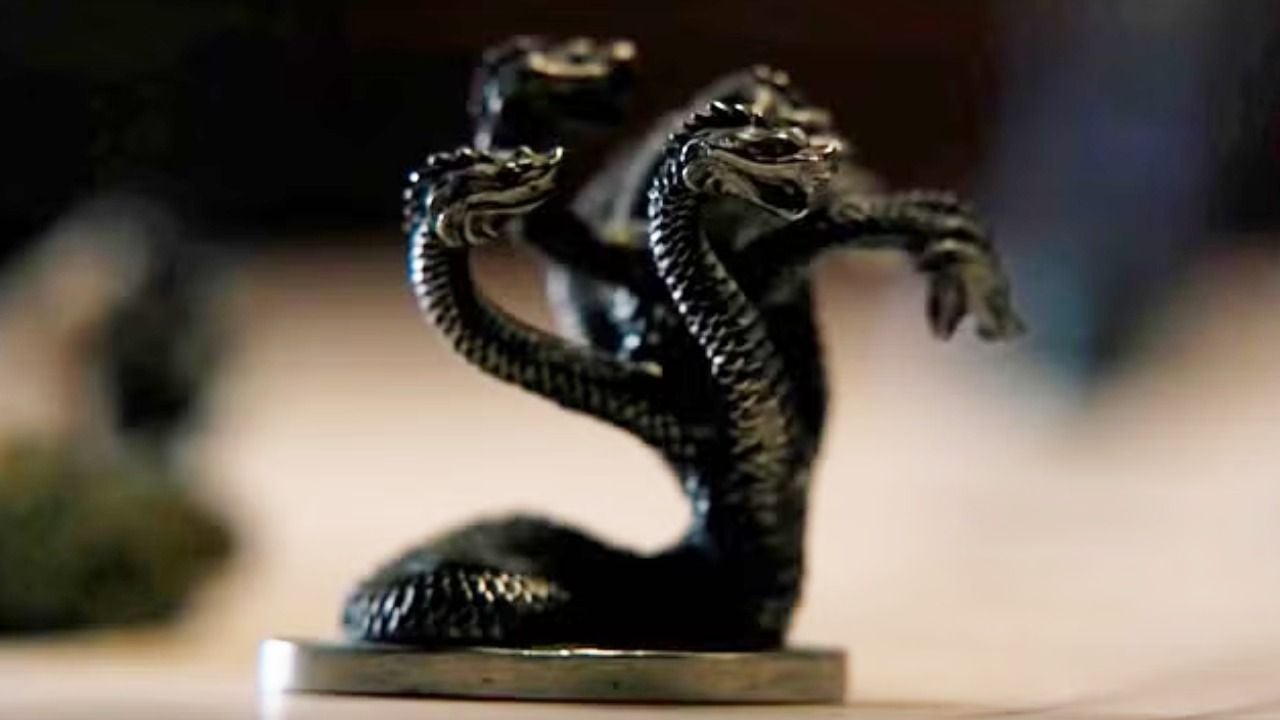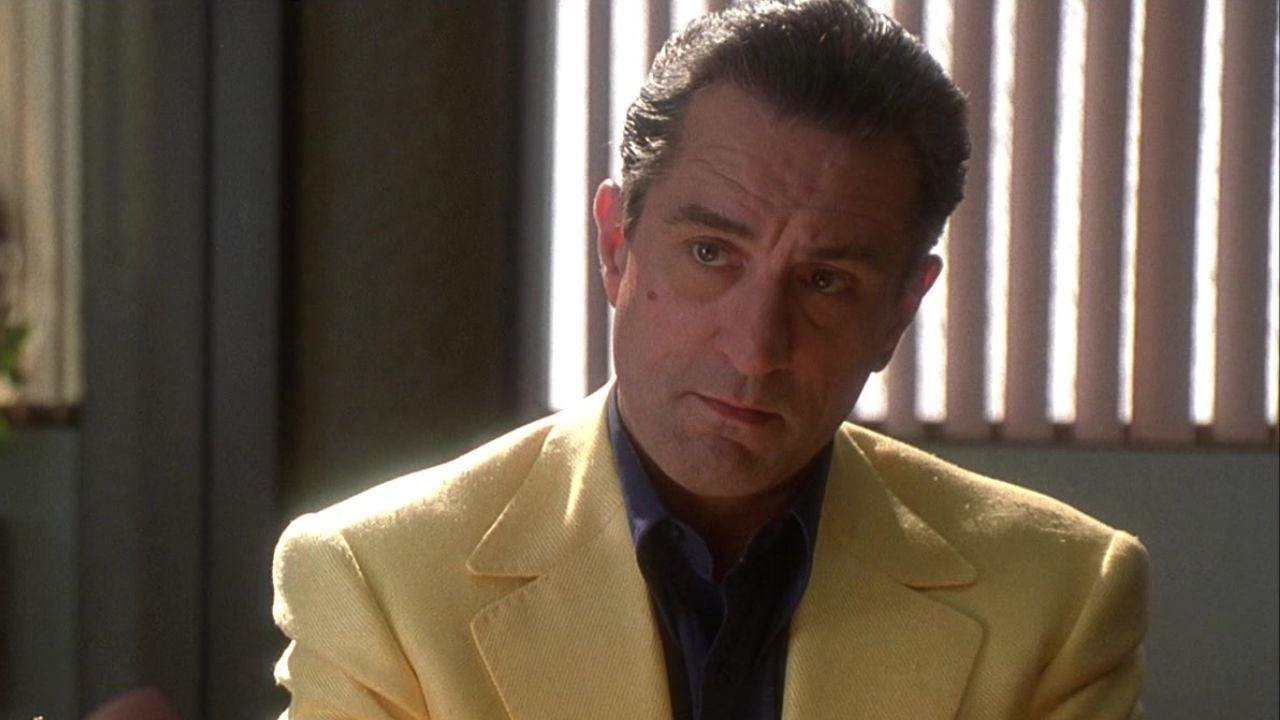Castration is a fundamental assistance to promote the health, safety and well -being of dogs and cats
THE castration It is an effective and responsible solution not only to control the population of abandoned animals, but also to promote the health and well -being of pets. According to the data issued by Ibge (Brazilian Institute of Geography and Statistics), in 2019 Brazil had 54 million dogs and 24 million cats. An FGV study (Getúlio Vargas Foundation) indicates that this number should grow by 26% by 2030.
The veterinarian Luís Felipe Kühl, professor of the Unicuritiba veterinary medicine course, comments that the situation of abandoned or abandoned dogs and cats in Brazil is worrying, which strengthens the responsibility of the tutors to castrate their pets to control the population of animals and prevent the contamination of serious diseases.
Benefits of castration
Castration is a surgical technique that prevents the reproduction of dogs and cats, bringing a series of benefits. According to the vet, castration contributes to the control of territorial behavior related to hormonal production, reducing the risk of diseases of the reproductive system.
“Castration is related to the prevention of various diseases, such as breast cancer, prostate, testicles, uterine infections and prostate hyperplasia. Furthermore, it can help reduce unwanted behaviors as a marking of the territory, losses and fighting,” he says. In addition, surgical recovery is generally fast and silent in most cases.
Despite the advantages, many people believe that castration changes the personality of the animal, but the expert clarifies that this is only a myth. “What happens, in fact, is that castration can modify behaviors related to sex hormones, such as aggression, marking of the territory and other instinctive behaviors, but does not tend to change the basic personality of the animal”, explains Luís Felipe Kühl.
Risks and care
Castration is considered a safe procedure, but since it is surgery, it involves risks such as bleeding, infection and reactions to anesthesia. To ensure the safety of pets, it is important to choose a qualified professional, perform preoperative exams to evaluate the health of the animal and resort to a reliable clinic with adequate techniques and equipment. The age indicated for castration varies according to factors such as race, size, health conditions and lifestyle of the animal. Already after the procedure, the patient should wear an elizabetan necklace or surgical clothing to avoid licking or bites in the region of points.
According to the veterinarian, drugs can be prescribed on the basis of the individual needs of each pet, such as painkillers, anti -inflammatory and antimicrobial, to ensure adequate comfort and recovery. Periodic cleaning of the worked region is also essential to prevent possible contamination. It is also important that the patient remains at rest in the first days to ensure silent and safe healing.
In addition, adequate nutrition and stimulation of physical activity after recovery is essential. “Castration, in fact, does not directly cause weight gain, but can lead to changes in the metabolism, reducing the metabolic rate and, consequently, can increase appetite. This can possibly involve a weight increase if food intake is not controlled”, explains the teacher.
Source: Terra
Ben Stock is a lifestyle journalist and author at Gossipify. He writes about topics such as health, wellness, travel, food and home decor. He provides practical advice and inspiration to improve well-being, keeps readers up to date with latest lifestyle news and trends, known for his engaging writing style, in-depth analysis and unique perspectives.









